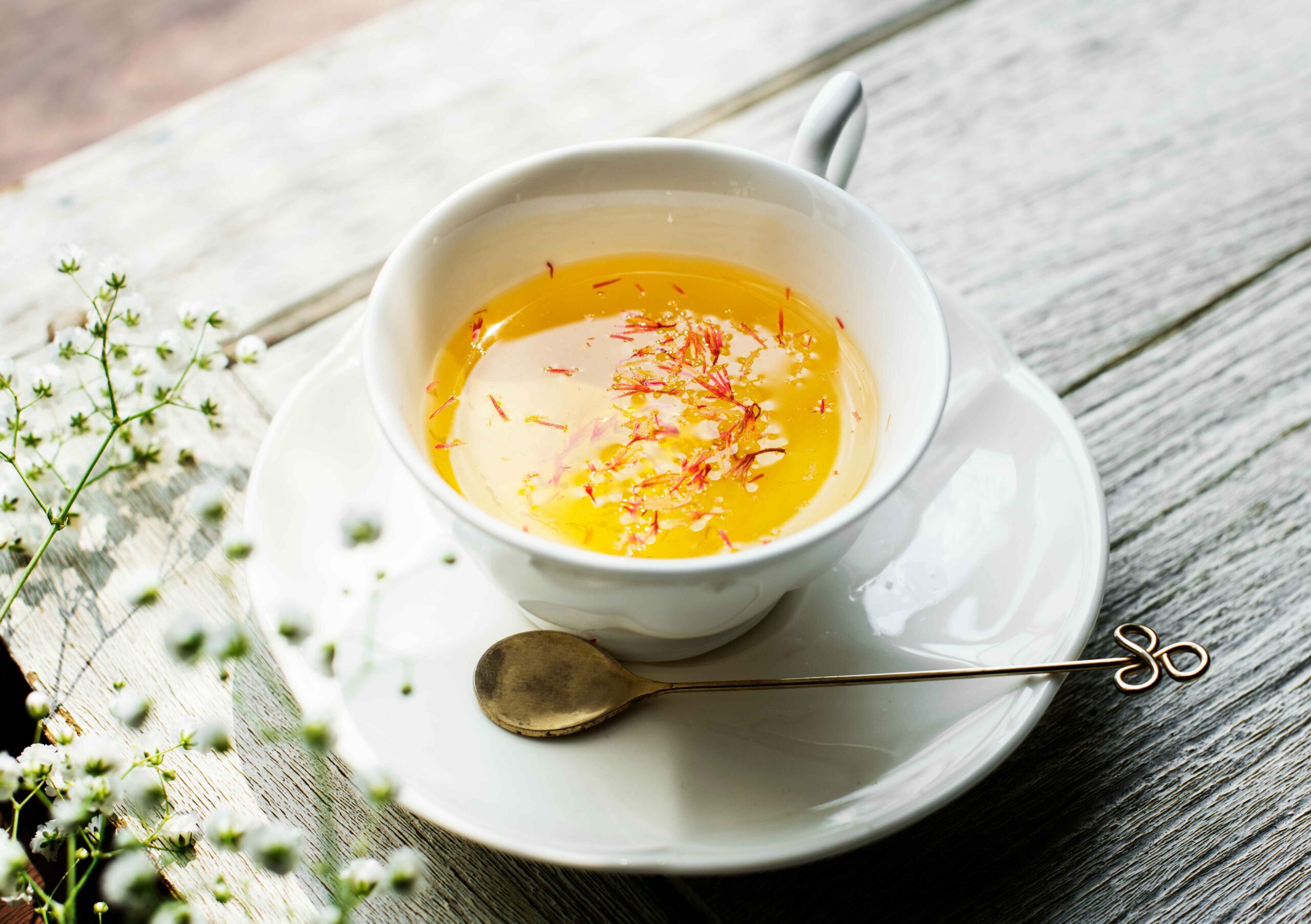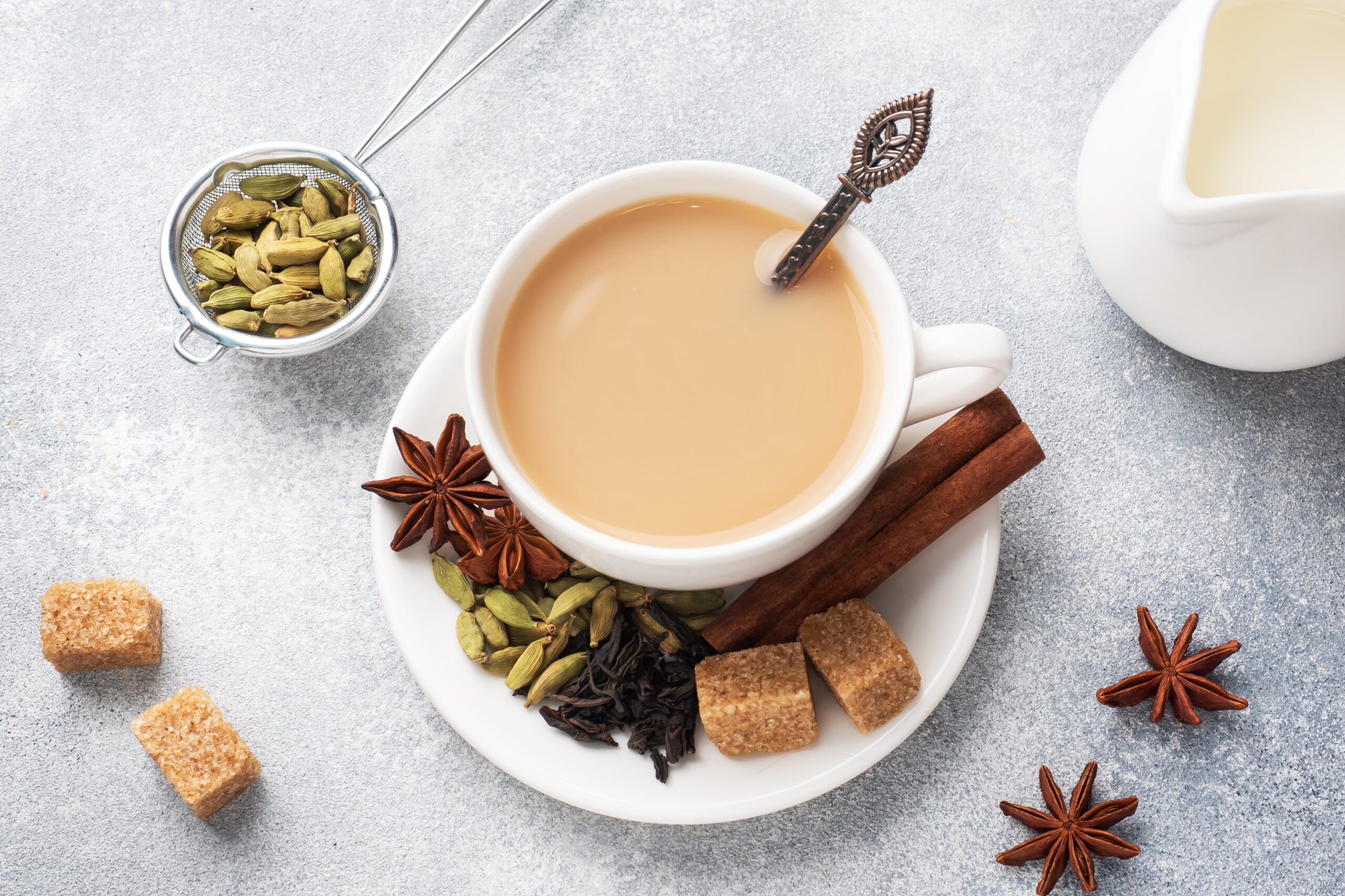Kashmir, a famous holiday destination when summers turn unbearable in north India. The snow-covered mountains with a half-white and half-dusky appearance, the revitalizing and refreshing cold breeze, and aromatic and flavourful smoke coming out of luscious warm cuisine like Aloo Dum and Kashmiri pulao, complimented by some warming, calming, and alluring Kahwa Tea, sounds fascinating, doesn’t it? Because it is fascinating, the flavourful Kashmiri valley contains loads of tastes and aromas that not only account for a satisfied belly but an overall elevation of your health.
Kahwa tea is one such blend of aroma and flavour loaded with medicinal properties that has now escaped the Kashmir valley and is spreading its soothing aroma around the world. It is creating its own fan base in this world filled with tea lovers.
Kashmiri Kahwa tea
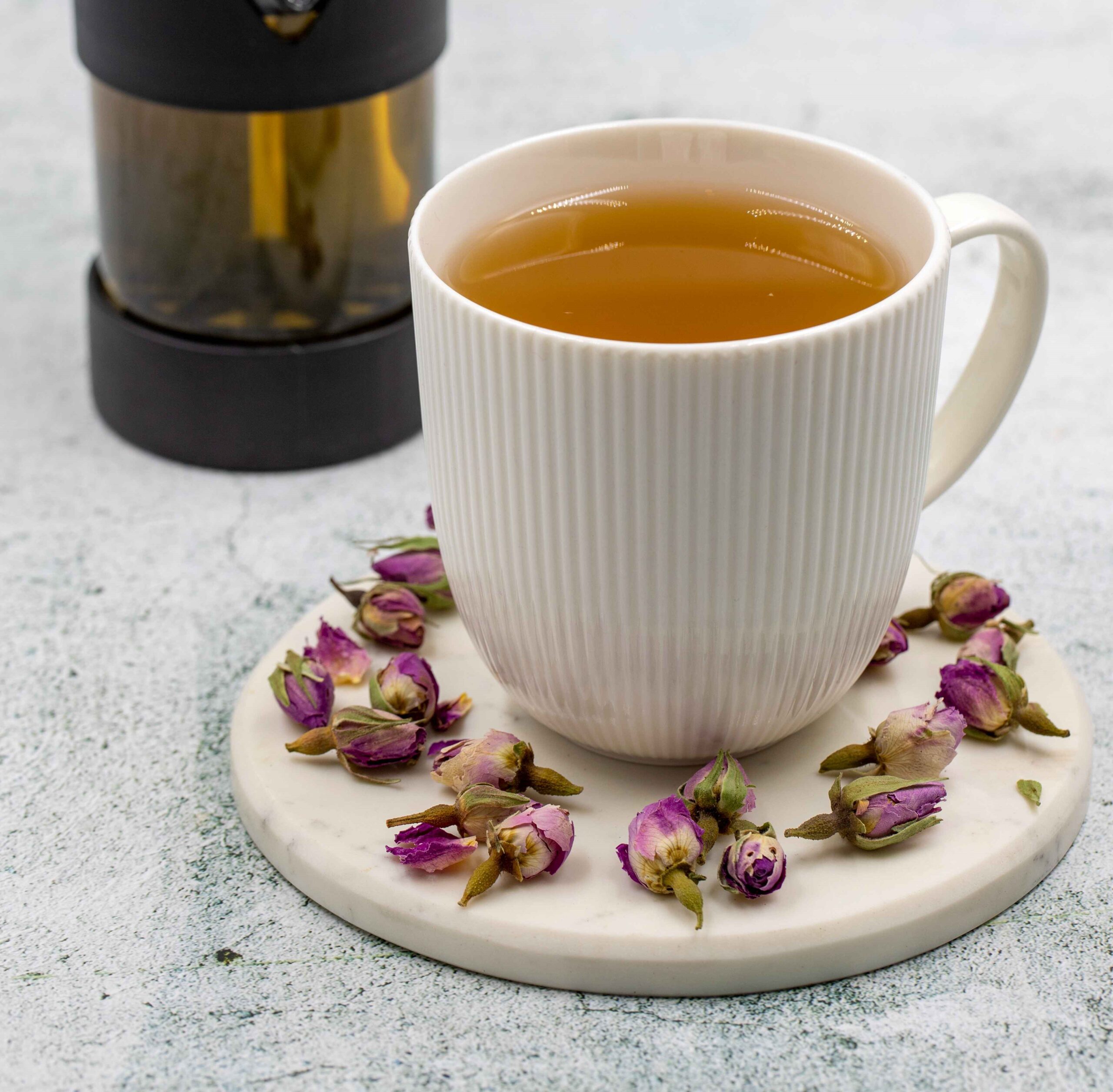
The cold breeze flowing through Kashmiri valleys is definitely soothing for the people who live in tropically heated regions, but for the natives it does create some difficulties. Excessively cold temperatures not only accompany colds and congestion but can also cause muscle cramps and swelling. Kahwa tea, mostly known as Kashmiri kahwa, is a remedy used by the natives to keep their bodies warm in the chilling temperatures.
Kashmiri kahwa is a traditional preparation of green tea that warms the body and immunizes it against all the winter odds. Green tea is steeped in hot water along with flavourful savory herbs and spices like cinnamon, cardamom, cloves, rose petals, and saffron. This warm elixir is served with some nuts that could be almonds, cashew nuts, walnuts, or pistachios. There can always be certain variations to it as one travels through the valley. Some people love it just as a herbal infusion without green tea, some skip the saffron and some skip the nuts. Honey and sugar are also added to balance the spices and soothe the throat.
The Origins of Kashmiri Kahwa
Natives believe that kahwa, also known as quehwa, kehwa, and kahwah, entered Kashmir through the silk route, which was a major trading route between the second century BC and the mid-15th century AD. Some people call it “Mughal Chai” and believe that it was introduced by the Mughal emperors. There are also ideas that it has its roots in the Kushan Empire, which existed between the first and second centuries AD.
Traditions and rituals
The word “kahwa” in Kashmiri refers to sweetened tea. The word might be derived from the Turkish word “kahveh” or the Arabic word “qahwah”, as believed by some people. It is widely loved and consumed in the south-east and middle-east countries like India, Afganistan, Pakistan, and Iran. Kahwa tea is more than just a medicinal tea in the valley; it is a tradition and more of a ritual that is served while extending a warm welcome to any visitor.
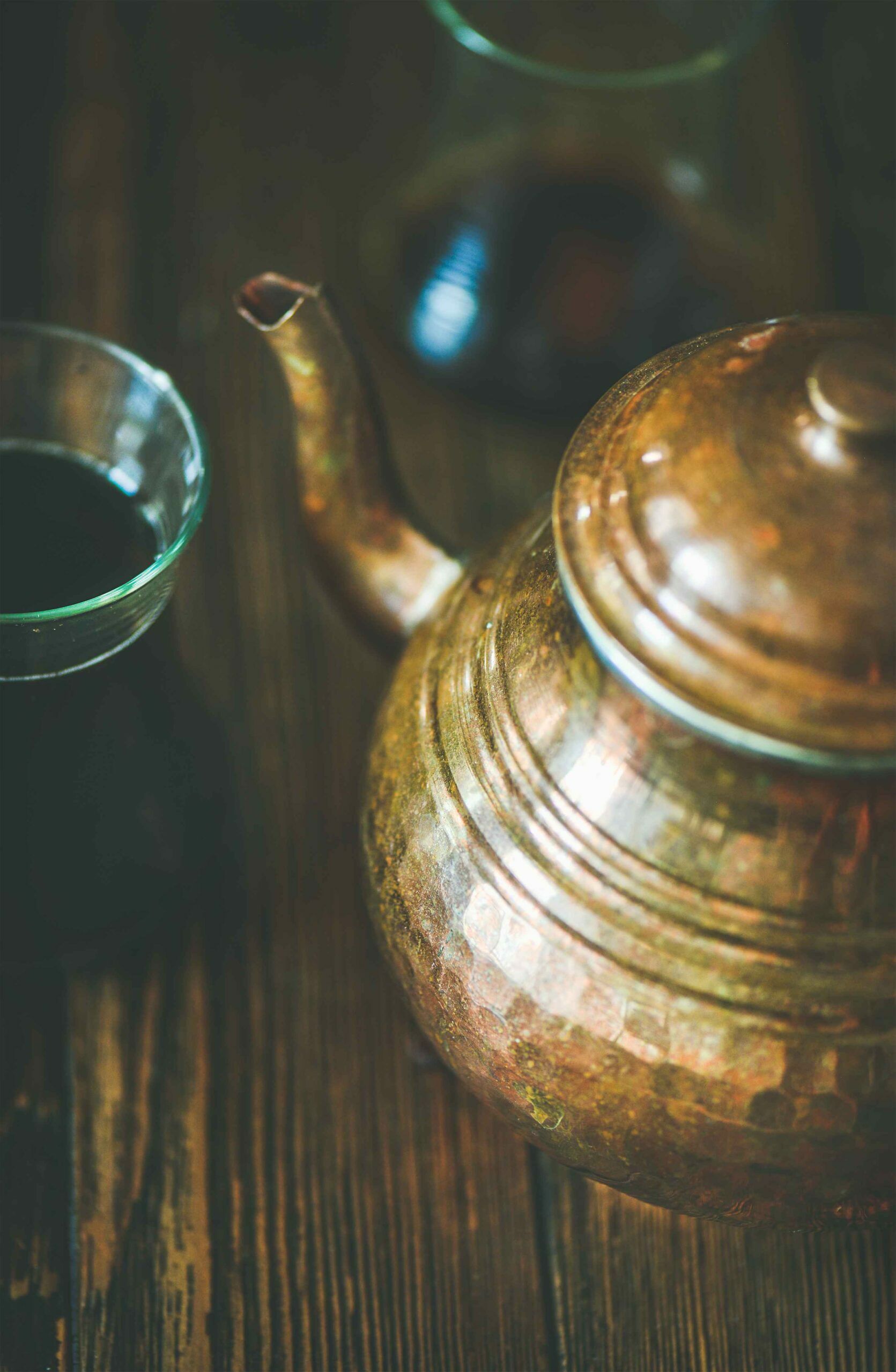
The traditional preparation of kahwa is done in a brass vessel called a samovar. The samovar originated in Russia and is used to boil water. It has a central cavity containing coals to keep the vessel heated. The surrounding area has water poured in, which continuously simmers spices and green tea. Kangra green tea is grown in Himachal Pradesh. It is steeped just right to make sure no bitterness is attained in the Kahwa green tea. The tea is then poured through the nozzle into the tiny and shallow brass cups with the garnishing of saffron and almonds. The use of brass utensils imparts immunity-boosting properties to the drink.
The magical health benefits of kahwa green tea
The magical elixir kahwa, is becoming a trend as the world is becoming more and more health-conscious. This less caffeinated spicy green tea is giving a tough competition to the regular tea options available on the market. It all goes back to its wide range of medicinal properties.
1. Laden with antioxidants
Green tea itself is known to be a potential source of polyphenols, which act as strong antioxidants. Major polyphenol EGCG [epigallatocatechin-3-gallate] contributes to the most of its antioxidant activity. Apricots and saffron are also a great source of carotenoids and crocin, both of which are known for their antioxidant activity.
2. A yummy stress buster!
The addition of saffron in kahwa is not a mere enhancement of flavor and aroma; it carries major adaptogenic properties. Adaptogens help the body to respond better to stress and anxiety, therefore acting as a major reliever. According to a study that presented a collective review of the anti-depressant and anti-anxiety effects of saffron, it may exert positive anti-depressant effects and can be found efficacious. Using stress ball, try a cup of kahwa instead.
3. Eases constipation
Green tea is often consumed after meals by weight-conscious people or just to smooth the process of digestion. When the detoxifying effect of green tea is combined with spices like cardamom and cinnamon, it relaxes your stomach and prevents bloating and digestive issues.
4. Instant dose of immunity
Cardamom, cinnamon, and clove have been used for thousands of years to make decoctions for colds and coughs. These spices are an excellent immunity booster. Studies have explored the use of clove and cinnamon as antivirals and immunity boosters after COVID-19, concluding positive results.
5. It relieves menstrual cramps
During these periods, all we need is something warm and sweet to find ourselves in a cozy, comfortable position. Drinking Kashmiri green tea with added rose petals can relax you even more. Not just acting as a sweet and warm beverage, its rose petal content can potentially relieve menstrual cramps and anxiety.
Read more: 5 surprising benefits of green tea.
Detox kahwa tea
As I mentioned earlier, kahwa has escaped the valleys and entered the tea markets. Tea companies are coming up with their own refined versions of kahwa with different added ingredients but with the same base of green tea steeped with spices. One such popular version is the detox kahwa version, which is enhanced with tulsi, black pepper, rock salt, ginger, nutmeg, asafoetida, citric acid, along with basic ingredients like green tea, cinnamon, and clove. Some tea companies also add saffron to it, but most stick to the spices for detox kahwa.
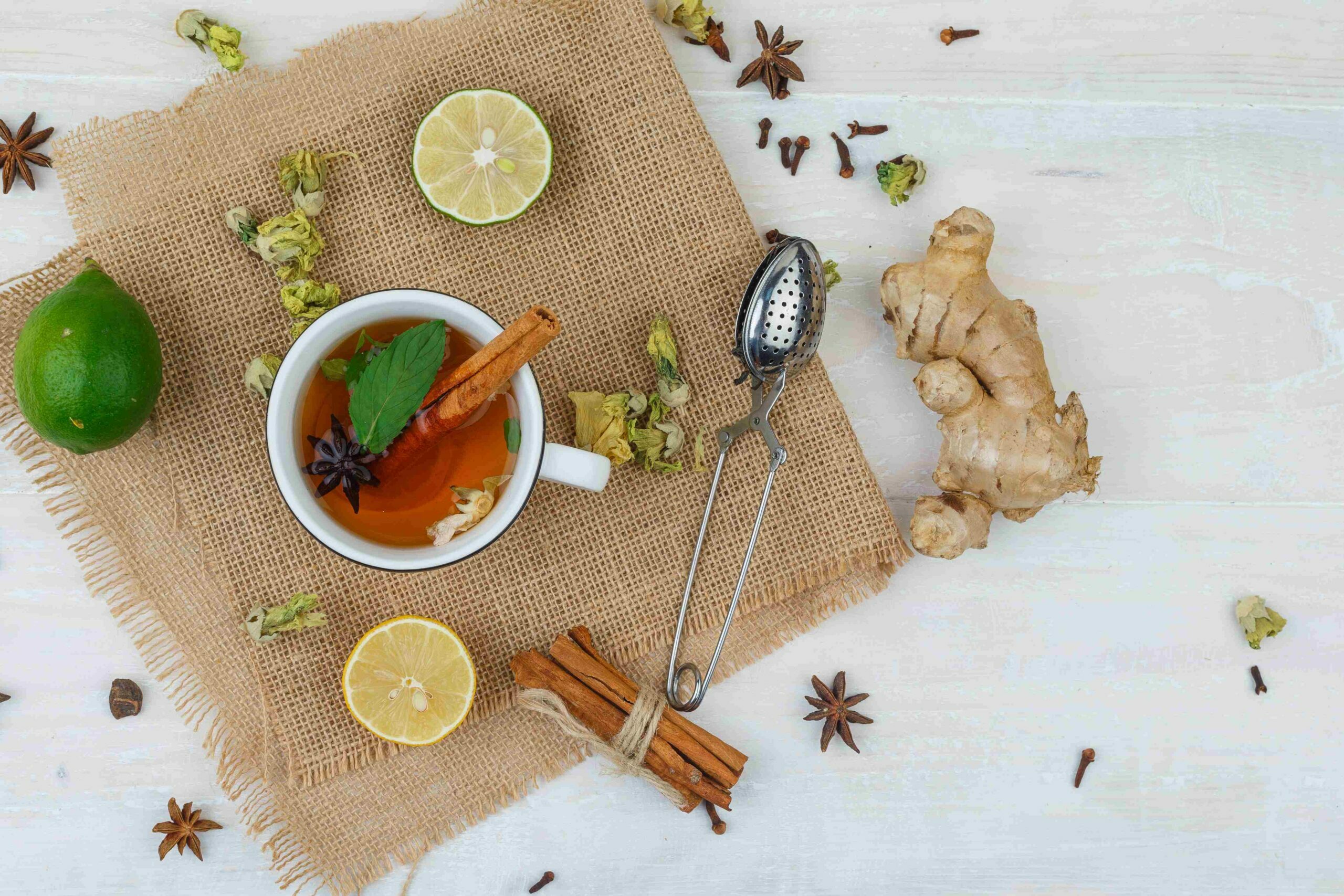
Additional health benefits of the detox version include kidney stone prevention [citric acid], healthy sleep [nutmeg], cough relief [black pepper and ginger], improved digestion [asafoetida], relaxed sore throat [rock salt], calm mind [tulsi], and an overall detoxified body. It has the same essence as kahwa but with a more tangy and relaxing flavour.
The takeaway
Kahwa is one of the many traditional recipes coming out of specific geographical regions as a celebration of regional ingredients blended with culture and rituals. The original fragrance of Kashmiri kahwa is definitely something to preserve as a cultural treat and to adapt as a health regime. The next time you visit the Kashmir valley, do not forget to get yourself some delicious kahwa tea prepared in samovars to actually experience what you just read about. Even if a trip is not possible, you can definitely check out the kahwa tea available online to experience the magic at your place anywhere, anytime.
Buy Green Beverages green tea from Amazon, Flipkart, and Fresh and Organic Delivery.


